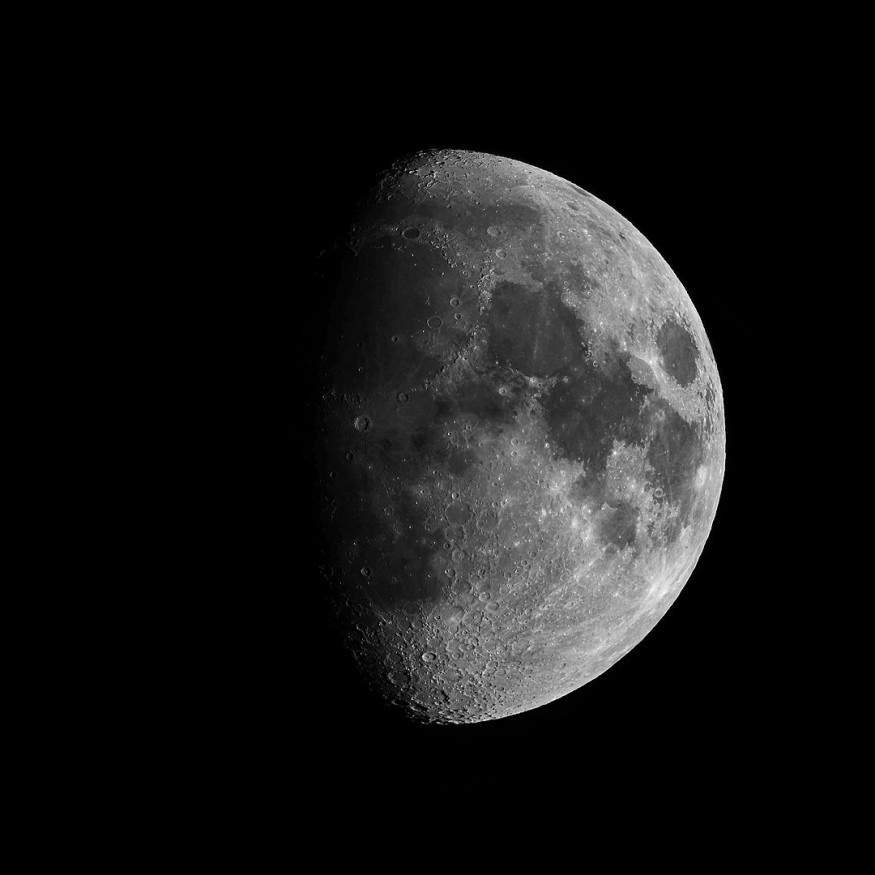The latest partial lunar eclipse has been a relaxing view for many people across the states. Even if the breeze of the night is extremely cold for many due to the time of the year, the enthusiasts and experts did not fail to miss the rare schedule of the phenomenon.
The recent event on the moon is considered the longest partial lunar eclipse ever in almost 600 years. The eclipse has been observable in many states as well as in other countries. The viewing experience, however, was nearly ruined due to the scattered obstruction of the weather. Fortunately, the climate cooperates and has let many people see the alluring convergence of Earth's shadow and the moon's bright surface, reports Inverse.
Near-Total Beaver Moon Wowed Stargazers

The lunar eclipse this November, according to Almanac, is known as the Beaver Moon in the scientific community. This rare, one-of-a-kind presentation allowed the moon to be covered at almost 97 percent of our planet's massive shadow. In the United States, the Beaver Moon peaked at 4:02 AM EST, appearing clearly in every group of gazers in the country.
Aside from North America, the Beaver Moon was also visible in the Central and Southern parts of the continent. The good thing is that the lunar eclipse was visible not just in a specified location but all around the globe. Most countries in Europe, Asia, and the Southern Pacific also experienced the rare event without effort and the help of high-grade telescopic devices.
Several netizens were awed after witnessing the eclipse. Many of them shared their photos on Twitter. Some also shared what they went through to get their best shot of the Beaver Moon.
The 2021 Partial Lunar Eclipse at its PEAK.
— 🔭AstroBackyard (@AstroBackyard) November 19, 2021
97% covered by the Earth’s dark umbral shadow.
4:03 am#LunarEclipse pic.twitter.com/4P2njCIID9
From 12:55am-3:25am I’ve been outside taking photos after photos on my camera ❤️ I had hoodie & big heavy coat on I was still freezing my ass off I love what I do ❤️ #LunarEclipse pic.twitter.com/jjGQY3LaoE
— r○s€₩Ar¡£ (@r0s3_m4r1e) November 19, 2021
From Cold Spring, KY... pic.twitter.com/dp26SiSsqB
— Keith Clasgens Photography (@kclasgens) November 19, 2021
From Japan Toyota City
— shimizuyu (@yuliamyulia) November 19, 2021
a little cloudy pic.twitter.com/LUBm0YIKMd
Read also: Up in the Sky: Venus, Jupiter, Saturn Captured in Stunning Photos as They All Line Up with the Moon
Astrophotographer's Challenge: The Longest Lunar Eclipse in the Century
People in the US either stayed up all night or disrupted their sleeping routine just for the experience. Considering that this was the last full moon of 2021, the same kind of eclipse would not be returning soon. According to a report by Space, the Beaver Moon lunar eclipse, the longest lunar eclipse for the past 600 hundred years, lasted for roughly 6 hours.
At times, US East Coast Astrophotographers had to maneuver around heavy cloud coverage but still managed to get impeccable shots of the once-in-a-lifetime shot. Adrian Bradley, an astrophotographer from Michigan, explains that this lunar eclipse was particularly challenging to photograph due to cloud coverage around his state. He planned to drive about two and a half hours away but stopped at a fellow astrophotographer's house to get shots of the spectacular lunar phenomenon.
Likewise, observers at the Royal Astronomical Society, Canada, stayed up through the night to follow the happenings of the eclipse from Ontario near Lake Huron but were less than lucky. In addition to relentless heavy clouds, Olathe Macintyre, a staff scientist at the Space Pace and Planetarium at Science North Museum, explained that in addition to these clouds, the scientists were dreaded by snowfall.
The eclipse began at 1:02 in the morning EST and peaked at 4:02 EST when the moon appeared almost perfectly enveloped by the shadow of Earth, taking a reddish hue that resulted from the refraction of light in the planet's atmosphere. It exited Earth's shadow a few minutes before 6 in the morning EST, ranking as the longest partial lunar eclipse in almost 600 years.
Check out more news and information on Moon in Science Times.












